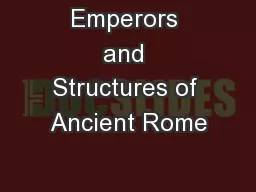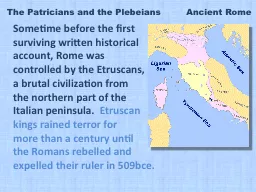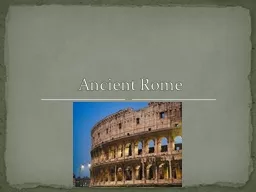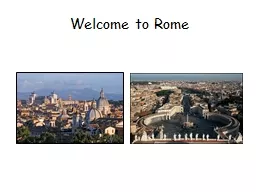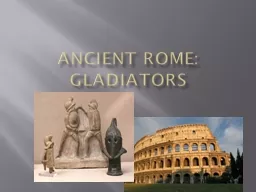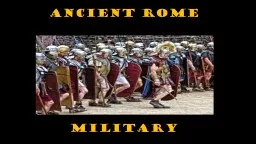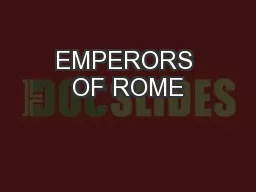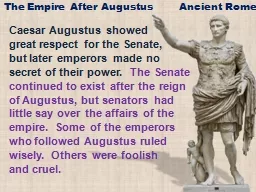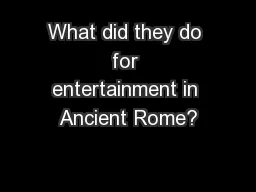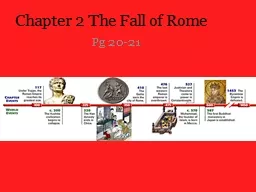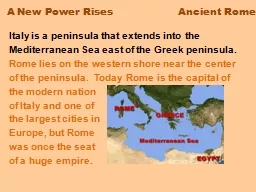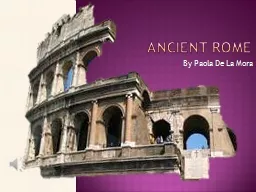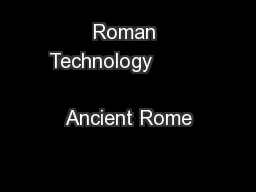PPT-Emperors and Structures of Ancient Rome
Author : aaron | Published Date : 2018-09-30
Julius Caesar Expanded the Roman Republic through a series of battles across Europe before declaring himself dictator for life Devoted his energies to the conquest
Presentation Embed Code
Download Presentation
Download Presentation The PPT/PDF document "Emperors and Structures of Ancient Rome" is the property of its rightful owner. Permission is granted to download and print the materials on this website for personal, non-commercial use only, and to display it on your personal computer provided you do not modify the materials and that you retain all copyright notices contained in the materials. By downloading content from our website, you accept the terms of this agreement.
Emperors and Structures of Ancient Rome: Transcript
Download Rules Of Document
"Emperors and Structures of Ancient Rome"The content belongs to its owner. You may download and print it for personal use, without modification, and keep all copyright notices. By downloading, you agree to these terms.
Related Documents

